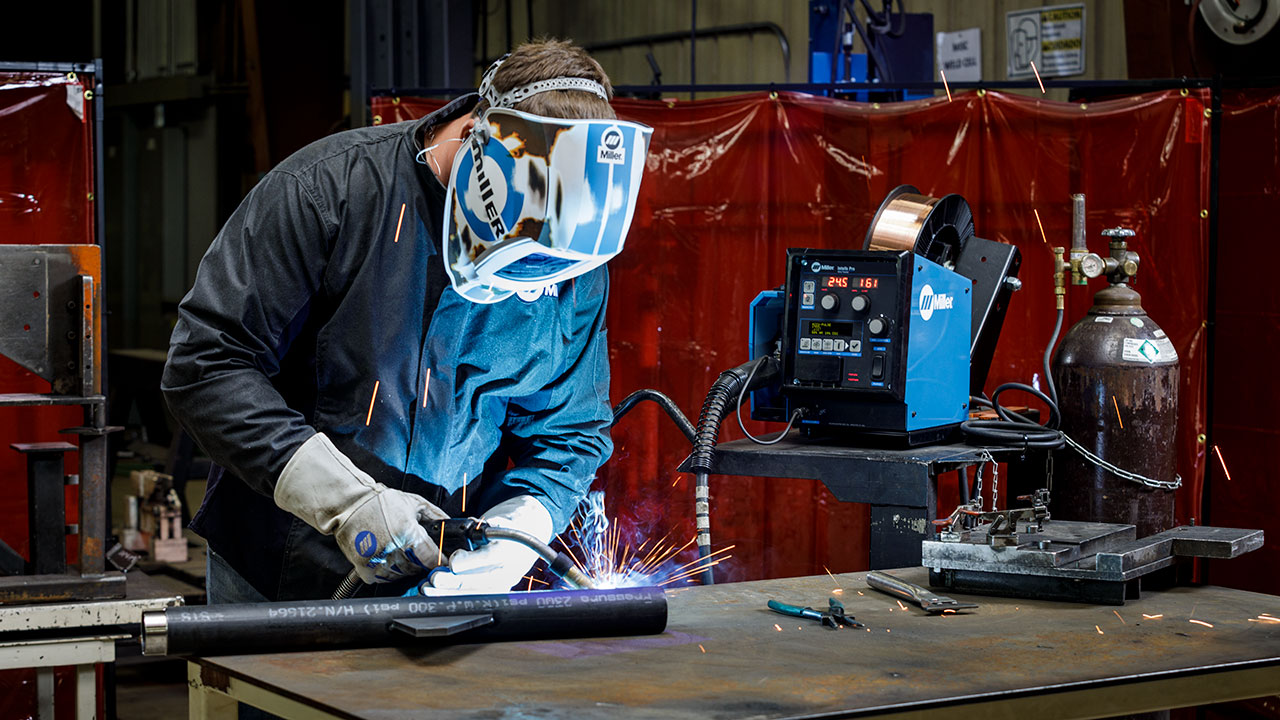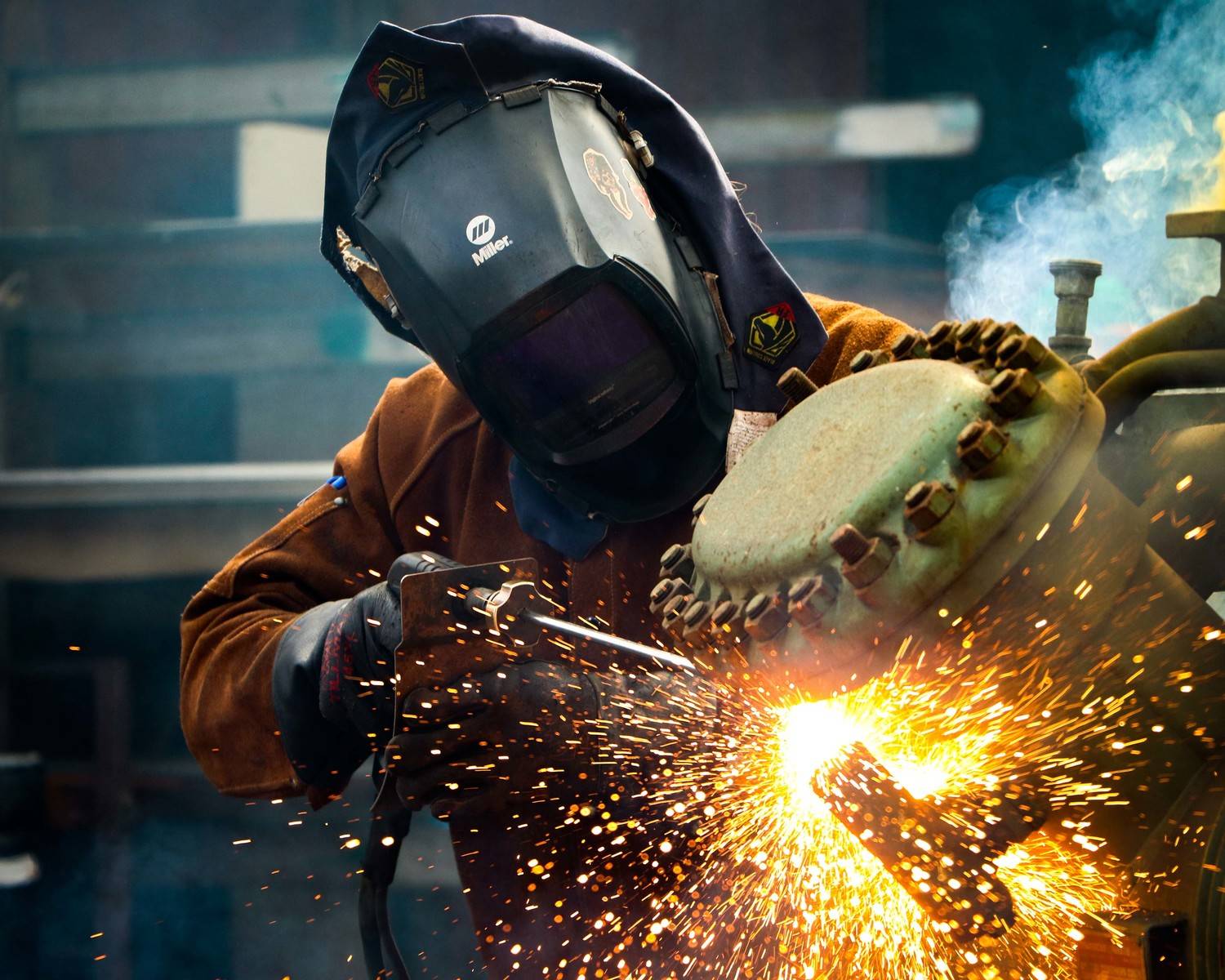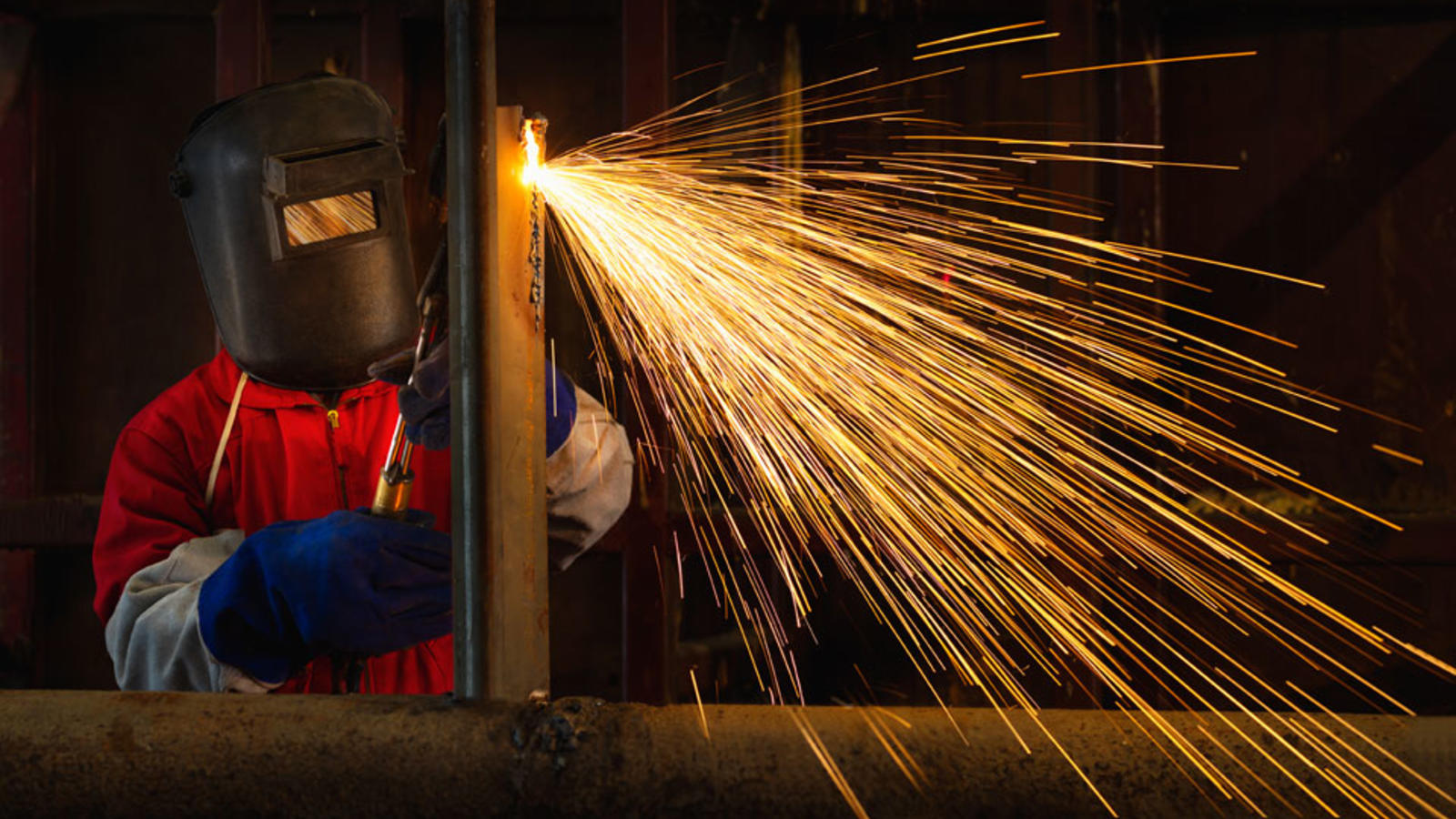Advanced Welding WPS: Tailoring Requirements for Facility Jobs
Advanced Welding WPS: Tailoring Requirements for Facility Jobs
Blog Article
The Ultimate Guide to Welding WPS Procedures: A Thorough Overview for Welders
In the intricate globe of welding, Welding Procedure Specs (WPS) offer as the foundation of making certain top quality, uniformity, and safety and security in welding operations (welding WPS). As we dig into the numerous parts of a WPS and check out the complexities of credentials and certification, we will uncover the crucial function these treatments play in the realm of welding.
Relevance of WPS Procedures
Recognizing the significance of Welding Treatment Specifications (WPS) procedures is important for ensuring the quality and stability of welded frameworks. WPS procedures work as a roadmap for welders, describing the required steps, specifications, and materials needed to achieve a sound weld. By adhering to WPS guidelines, welders can make sure uniformity in their job, leading to dependable and structurally audio welds.
One of the main factors why WPS treatments are necessary is their duty in preserving weld high quality and honesty. Following the defined welding parameters and techniques outlined in the WPS assists stop defects such as porosity, cracking, or insufficient blend, which can compromise the stamina and longevity of the weld.

Components of a WPS
A Welding Procedure Spec (WPS) usually makes up essential parts that information the details requirements for executing a weld, guaranteeing uniformity and top quality in the welding procedure. The essential elements of a WPS include necessary variables such as base metals, filler steels, interpass and preheat temperatures, welding procedures, shielding gases, welding settings, and post-weld warm therapy needs.
Base steels refer to the products being signed up with, while filler steels are utilized to fill the space in between the base metals during welding. The welding process outlines the particular technique to be utilized, whether it's gas steel arc welding (GMAW), protected steel arc welding (SMAW), or one more method. Welding positions specify the alignments in which welding can be carried out.

Qualification and Qualification
Having established the necessary elements of a Welding Procedure Specification (WPS), the focus now changes towards the important elements of certification and accreditation in welding methods.

Certification, on the various other hand, is the formal acknowledgment of a welder's certifications by a relevant accreditation body or company. Welding qualifications are generally based on the particular welding processes, materials, and placements a welder is qualified to function with. Holding a valid welding accreditation shows that a welder fulfills industry standards and is competent to carry out welding jobs to the called for requirements.
Creating a WPS
To create a Welding Procedure Requirements (WPS) that satisfies market standards, careful consideration of welding processes, materials, and operational criteria is crucial. The very first step in developing a WPS is to determine the welding process to be used, such as gas steel arc welding (GMAW) or protected metal arc welding (SMAW)

Executing and Keeping Track Of WPS
Upon settling the thorough Welding Procedure Spec (WPS) that carefully details welding procedures, materials, operational criteria, and high quality assurance steps, the focus changes to efficiently applying and monitoring the established treatments. Implementation includes guaranteeing that all welders included in the project are familiar with the WPS and follow it meticulously during the welding process. Effective execution and monitoring of the WPS are important for making certain the integrity, toughness, and safety of the welded joints, inevitably contributing to the total success of the welding job.
Verdict
Finally, understanding and adhering to Welding Treatment Requirements (WPS) is vital for welders to make sure high quality, consistency, and security in their job. By knowing the parts of a WPS, obtaining appropriate certifications and certifications, developing detailed treatments, and executing and checking them effectively, welders can improve their skills and proficiency in welding practices. Adhering to WPS treatments is important for generating top quality welds and meeting market standards.
In the intricate globe of welding, Welding Treatment Specifications (WPS) serve read as the backbone of guaranteeing top quality, uniformity, and safety in welding operations. The welding procedure details the certain strategy to be used, whether it's gas metal arc welding (GMAW), shielded steel arc welding (SMAW), or an additional method.To establish a Welding Procedure Specification (WPS) that fulfills industry requirements, mindful consideration of welding processes, materials, and operational criteria is crucial. address The first action in creating a WPS is to identify the welding process to be utilized, such as gas metal arc welding (GMAW) or secured steel arc welding (SMAW)Upon settling the extensive Welding Procedure Spec (WPS) that carefully information welding procedures, materials, operational criteria, and quality assurance steps, the focus changes to efficiently implementing and monitoring the well established treatments.
Report this page